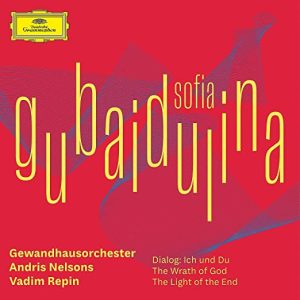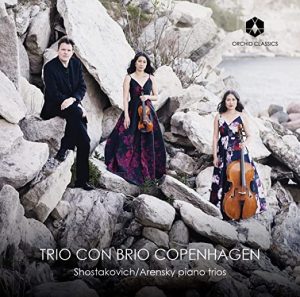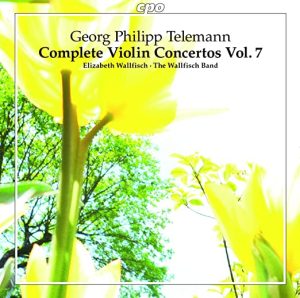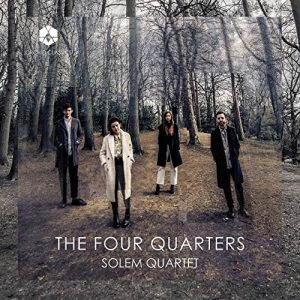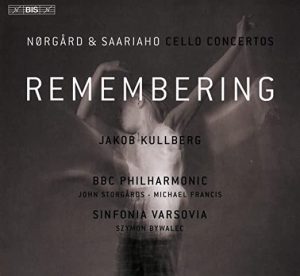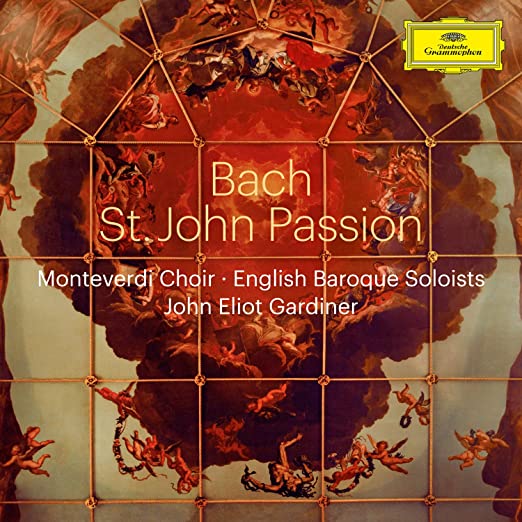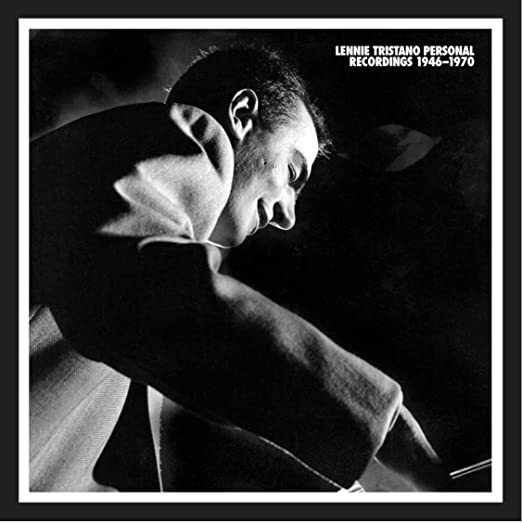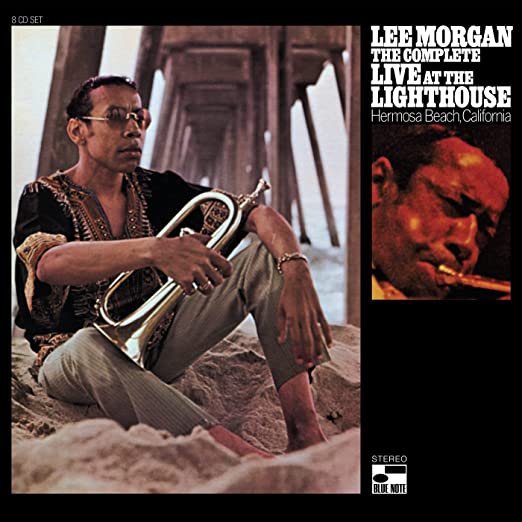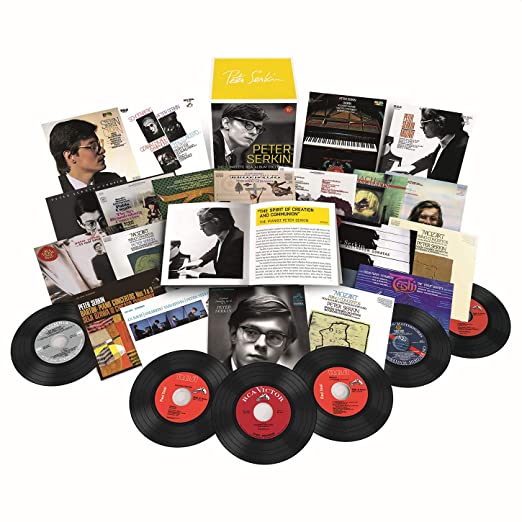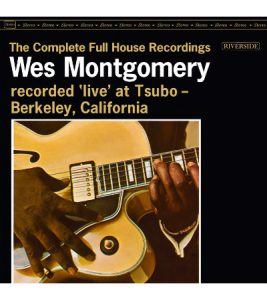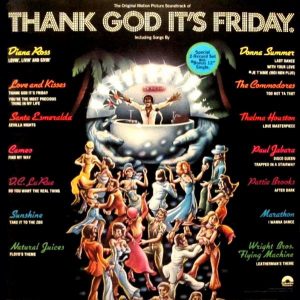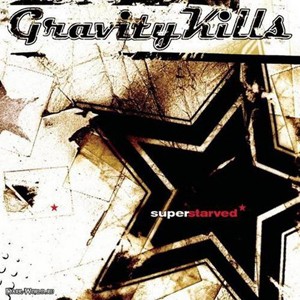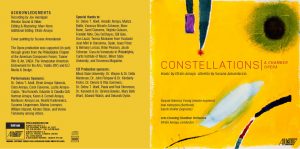Sofia Gubaidulina, Three Orchestral Works. Vadim Repin, violin. Gewandhaus Orchestra, Andris Nelsons, conductor, DGG 486-1457.
Andris Nelsons and ninety-one year old Russian modernist composer Sofia Gubaidulina go back a long way and they are paired here as they are frequently. She is a major voice in the contemporary music world without whom it is hard to really know it. Her eloquent spiritual anger forces many lessor composers to the periphery.
Dialog: Ich and Du (c. 1918), her third violin concerto, here played by its dedicatee, features exquisite beauty rising and falling within an orchestral storm. The Wrath of God (c. 2020) for orchestra draws most of its power from the lower reaches of the brass and strings, suggesting the famous line from Yeats' Easter, 1916, 'a terrible beauty is born.' Wrath of God' indeed. There are moments of grace to remind us whence this wrath originates, but even they carry great dynamic force and fury. The Light of the End for orchestra (c. 2003) reinforces Gubaidulina's case that the scale of meaning we attribute to our lives in this world should be large. She and her late contemporary, Polish modernist Krzysztof Penderecki, are the dominant figures at this end of the spectrum and need to be heeded if we are even to imagine what our boldest speakers hope for us. And avoid what they fear for us.
If you are new to Gubaidulina, turn from here back to the 1989 recording with which she burst on the scene, Offertorium, played by Gidon Kremer and the Boston Symphony and Charles Dutoit, also on DGG 427 336 2.
Shostakovich and Arensky, Piano Trios. Trio Con Brio Copenhagen. Orchid Classics ORC 100181.
Those who remember this ensemble's Beethoven releases a few years ago will come to this album with enthusiasm. The Trio Con Brio has become one of the very best such groups in the world.
They get more than I've heard from Shostakovich's early (1923 - age 17) Piano Trio No. 1, thanks in no small part to Soo-Kyung Hong's rich and lyric cello playing, which is also a highlight of all three performances on the album. The second work on the album, Anton Arensky's Piano Trio No. 1 (1894), is a typical piece of late nineteenth century Russian late romanticism, turned into something considerably more by these musicians. Their enthusiasm and grace make it irresistible. I'd rather listen to this work as played by the Con Brio Trio than all of Rachmaninoff! But then, perhaps they could also bring fresh life to the better known Russian. Shostakovich's Piano Trio No. 2, (1944)which concludes the program, is a major work in the modern repertoire, behaving as duo, trio, and even sometimes like an orchestral concerto. It is a microcosm of the composer's entire oeuvre. The Trio Con Brio gets everything it has to offer.
Georg Philipp Telemann, Complete Violin Concertos, Volume 7. Elizabeth Wallfisch and the Wallfisch Band. CPO 777 881 2.
I have been collecting this series from its beginning (2004), not because I am a Telemann completist or even huge fan, but because I love what Australian born, Royal Academy Music educated Wallfisch and her "band" of fourteen musicians make of this music. They appreciate the melodic soul at the heart of Telemann's music that many others seem not to appreciate, distracted by the greater eminence of Bach and Handel. We get the feeling Wallfisch comes to the composer to find and release his particular musical identity, rather than his critical relation to his famous colleagues. No need for that, she seems to say: baroque music is neither a contest nor a race. Listen to this music and savor its individual qualities as its original (huge) audience did. Much of what we love most of the baroque is here and in wonderful form.
The Four Quarters, Solem Quartet. Orchid Classics. ORC 100172.
I've grown very fond of this admittedly odd outing, eleven short works for string quartet by a variety of mainly contemporary composers inserted between movements of Thomas Adès' quartet, The Four Quarters (2110), which we assume is intended to illuminate them and be illuminated in return. With the exception of an odd piece by William Marsey, which can be painlessly skipped, the whole program is an intriguing trip. If you are an Adès fan this album should intrigue and please you.
Remembering: Nõrdgård and Saariaho, Cello Concertos. Jakob Kullberg, cello. BBC Philharmonic, and Sinfonia Varsovia. BIS 2602.
It is my usual practice not to review releases when I find I can't find something positive or at least interesting to say about them, preferring not to provide even the advantage of negative publicity. But in this case, mainly out of respect for the eminence of Kaija Saariaho, I have decided to have a say and let the chips fall.
Of all of those considered 'major' modernists of this generation, I find Finnish composer Kaija Saariaho the most difficult to reach. She is accompanied on this album by Danish composer Per Nøgård in two works which though stylistically related provide a bit of a relief from her difficulty. Saariaho's music is not at all difficult to listen to, it is just often hard to fathom and therefore to respond to. It is not enough to label movements "awakening" or "eclipse" as she does in Notes on Light. I don't consider music an expression of other things, so suggestions like these are of no use to me. I find music a universe which corresponds to our emotional and intellectual life in its own way, keeping its distance from our more literal goings on. And it loses the kind of power it has when we use it in non-musical ways. To truly reach us, I believe music has to speak as music speaks. Music ( all of the arts) in the modernist idiom, as I've said here many times and in many ways, has chosen to abandon in large part the traditional forms music has made use of to achieve its kind of expression, looking instead to address us more directly. So we have had to adapt to its idiosyncratic ways, which by now we mostly have, more than a century since its revolution began. And when it works, when it truly works, modernist music can make traditional music feel artificial when we return to it, at least for a while.
Does Saariaho's Notes on Light (2006) work? Does it come to us as music? Notes has its moments, else I wouldn't waste our time here. I gave it several tries to take out such variables as reviewer's mood, his resistance , and let's be a little modest here—his incapacity to appreciate. But all of this said, in the end, I heard mainly earnest noodling. Perhaps time to return to some of her other music for a re-check, some of which I remember as less inaccessible.
Nørgård's cello concerto, "Between," (1985) has similar aspirations but is a step or so closer to the modernist mainstream, whatever that is! So we have less of a problem in recognizing where we are musically. His concerto has a narrative we can follow, which the cello strives to maintain, despite resistance from a cacophonous orchestra. It's tough going in the first movement. We root for the cello—and it is extremely well played by soloist Kullberg, who appears in all of the works on the album. Things settle down in a brooding short second movement, the cello and orchestra agreeing to work together. In the final movement cello and orchestra are essentially in balance and we get the sense of a coherent sense of things worth attending to. There are some truly eloquent moments here during which the cello presents an antic but appealing statement which the orchestra appears satisfied with, even picks up on. The third movement reminds us why we come to modernist music. Those who put this album together were right to open with this work.
Nørgård's Violin Concerto No. 1 (1986) adapted for cello by Kullberg, closes the album. It is pretty much a soliloquy by the cello, the orchestra mainly standing off with occasional extended interruptions to remind us of its presence. Overall, things seem to matter less than in the Cello Concerto.
Those of you drawn to Scandinavian modernism—and it can be compelling as it makes good its escape from Sibelius, will find some things of interest in this album. You will just to ignore my lack of enthusiasm here.
Though it is inappropriate in this venue for a music reviewer to sing the praises of the reviewing system he used for this article, especially as a dealer who sells it, I have to say that especial praise is due Jeff Kalt, Gilbert Yeung, and Jean Claude Reynaud for bringing this music, much of it difficult, wonderfully and persuasively to life. I consider them giants in the audio field. System used for this audition: Resolution Audio Cantata 3.0 CD player w/BlackJack power cord, Gilbert Yeung Design solid-state NSI "G" 75 watt integrated amplifier, Jean Marie Reynaud Voce Grande loudspeakers, with Crimson interconnects and speaker cable. For purposes of comparison and used for other reviews, an all Audio Note system: CD 5.1 CD player, Tonmeister Meishu Silver Signature 9 watt integrated 300B tube amplifier with Sogon power cord, and E/SPe HE loudspeakers. Sogon interconnects and Sogon Minor speaker cable. Mapleshade Samson equipment rack. All CD's purchased from Presto, a superb international retailer in the UK. www.presto.com.
Bob Neill, a former equipment reviewer for Enjoy the Music and Positive Feedback, is proprietor of Amherst Audio in Western Massachusetts, which sells equipment from Audio Note (UK), Jean Marie Reynaud (France), Resolution Audio (US), and Gilbert Yeung Designs, formerly Blue Circle (Canada).




